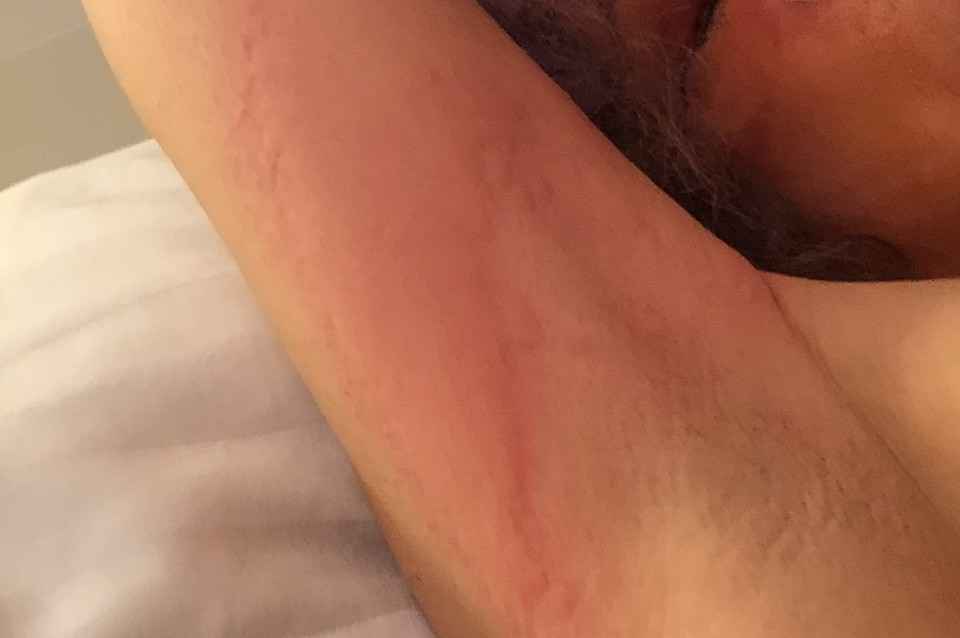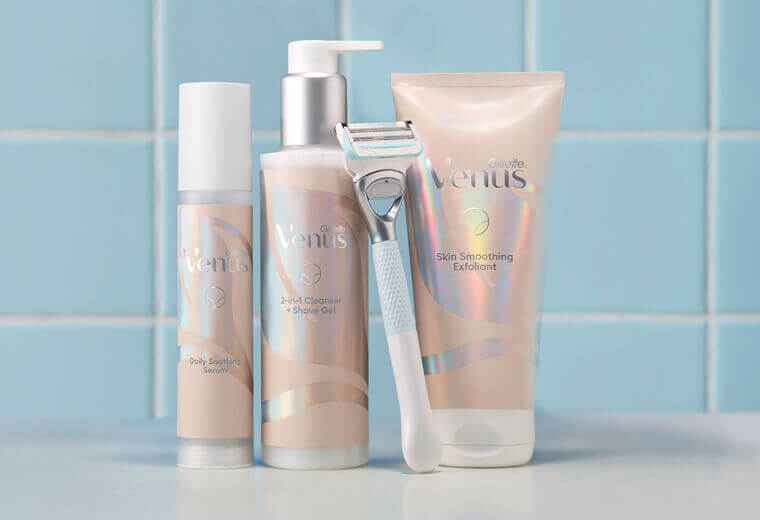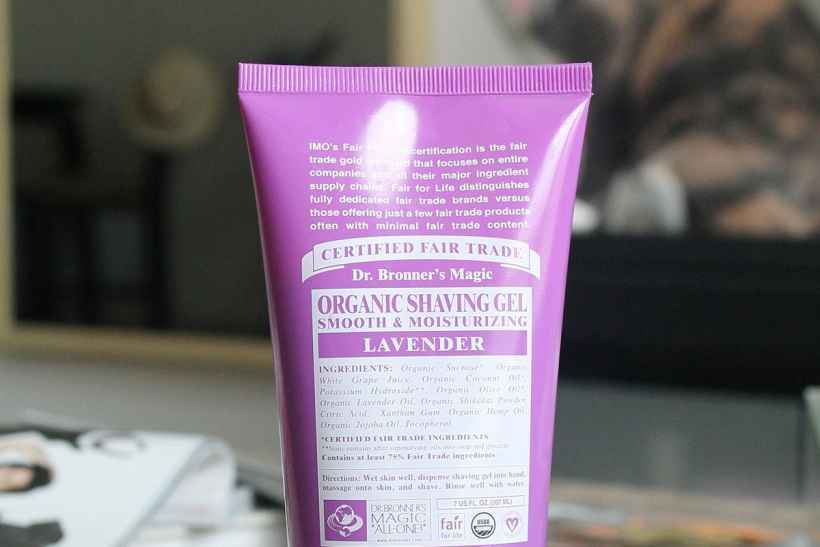Hair removal is a very common and popular way to groom the pubic area. But, certain techniques can irritate your skin and causes razor bumps.
Razor bumps are also referred to as shaving bumps or pseudofolliculitis. Shaving rashes are the result of the inflammation of the hair follicles because of the ingrown hair.
These shaving rashes can happen to any part of our body where we have applied any hair removing techniques like waxing or shaving. But, the occurrence of shaving rashes is more common in areas where the hair is coarse and abundant.
Ingrown hairs happen when hair grows into the skin rather than up and coming out. These ingrown hairs develop more often after applying any hair removing technique.
After hair removal, these hairs develop more often. The hair removal technique can leave each hair with a sharp tip that may penetrate the skin and causes inflammation.
In this article, we are going to discuss how you can care for and prevent shaving rash after hair removal. Also, we will discuss the 3 most effective shaving rash pubic area creams.
Let’s get started!
How to avoid a shaving rash (razor bumps) in the pubic area
Shaving rash or razor bumps sometimes can be uncomfortable and take 4 to 8 weeks to get settled. But, nothing can make these rashes go out instantly, you can try a few techniques to speed up the healing process and get the inflammation settled.
Also, before you next head to the shower and ready with the razor of your choice, you can follow these tips to get a clean and comfortable shave.
#1. Get the right temperature:
Before starting shaving, you can run a little warm water over the bikini area and legs. This technique will soften your skin and you can glide your razor more smoothly over the skin.
#2. Try baby oil:
To get a blemish-free bikini line, you can rub the area with baby oil gently. It will make the skin softer. Then apply the razor to the area. After the application of the razor, again you need to exfoliate the area with baby oil.
#3. Do not leave your razor under the shower:
Shower water can cause rust on your razor. Rust refers to a dull blade, and there is more chance of a dull blade irritating your skin. This irritated skin can result in razor bumps or shaving rashes.
#4. Pay attention to your shaving direction:
There are different opinions about whether you need to shave up or down on your pubic area, the direction you are following matters. It is important to shave the hair always towards hair growth, not against it.
You need to use a sharp razor blade every time and not pull the skin while shaving. Further, while gliding the razor over the pubic area you need to keep the blade downward. Also, you must not put much pressure on the razor.
#5. Calm your skin just after shaving the pubic area:
As soon as you put your razor down, you need to wash off the area and hold a cold compress to the area for 10 minutes. You can apply an anti-redness serum to reduce the chances of shaving rashes.
#6. Moisturize, and moisturize:
It is very important to apply moisturizing lotion to the shaved area after shaving. You need to apply an alcohol-free, and unscented moisturizer to the pubic area to avoid over-drying. Massage for a minute to lock the moisturizer.
You can look for the product containing aloe vera, jojoba oil, and vitamin E for hydration.
#7. Clean your razor:
After every shave, you need to sanitize the blades of the razor with warm or hot water and alcohol. If your razor looks rusty and you are using the razor for a longer time then you need to toss it out.
You need to change the blades after you have used the blades for 5 to 7 shavings. You also need to store the blades in a dry, and clean place so they can’t pick bacteria sitting under the shower.
#8. Antibiotics:
In some cases, a short course of antibiotics can help to treat inflammation and provide anti-inflammatory effects on the pubic area. If you experience severe shaving rashes then you need to go to the doctor and ask for medicine.
#9. Natural remedies:
There are plenty of natural remedies that you can try to treat shaving rashes. These natural remedies are aloe vera, tea tree oil, and coconut oil; these can treat razor bumps on the pubic area.
Because of their anti-inflammatory properties and antimicrobial properties; these natural products reduce razor bumps and relieve discomfort.
#10. Apply shaving cream:
Before shaving, you need to apply a good quality shaving cream on the pubic area. Make sure that your skin is damp but not wet otherwise the shaving cream will slip off your skin.
It will be better to use a shaving gel instead of a body wash because the gel is specially formulated to provide razors with a gentle glide.
You need to pick a sharp-bladed razor and apply the shaving cream over the pubic area to get the best closet result. This cream is very much essential especially for bikini lines, underarms, and legs as these areas can develop irritation after shaving.
The application of shaving cream enhances the smoothness of the area. If you have sensitive skin then shaving cream is a must-try option for you before shaving.

3 best shaving rash pubic area cream
If you have spent a lot of time searching for the best shaving rash pubic area cream, then here you can take a glance. We have tested and researched plenty of pubic area shaving creams to provide a handy pick of the 3 best shaving rash pubic area creams.
Take a look!
1. EOS shaving cream:

EOS shaving cream is available in the most divine raspberry and pomegranate scents.
This shaving cream ticks all the required characteristics that must contain in an effective shaving cream. You can easily dispense the foam from the soft touch pump bottle.
This product is including shea butter, and vitamins C and E; making the product super moisturizing. This package is suitable for wet or dry shaving in the pubic area. It smells fantastic. Go and get it!
2. Gillette Venus for pubic hair and skin:

Gillette Venus is the new addition to the Venus family; this cream is designed for women with keeping the bikini line in mind.
This shaving cream is great for sensitive skin and the gel is a gynaecological-tested product. Also, this item is pH-maintained, and dermatologist-tested shaving cream. Additionally, it smells pretty good!
3. Dr Bronner’s Organic Lavender shaving gel:

Dr, Bronner’s Organic lavender shaving gel is one of the best shaving gels for the pubic area. This gel is formulated using Dr Bronner’s 18 in 1 Hemp Unscented mild pure castile soap formula as a base, also added organic shikakai formula and dreamy lavender oil.
This cream provides a smoother effect on the skin so the razor can glide over. This product moisturizes your skin very well. It is smooth, and everyone dreams to use it.
FAQ:
Can you stop shaving rash in the pubic area?
Ans: If you exfoliate the skin before you shave it, reduce the chances of getting a shaving rash. Exfoliation removes all the dirt and dead skin that may lead to blocked pores that can also cause razor bumps. Exfoliation allows you to experience a smoother shave that can avoid shaving rash.
How long does a shaving rash last?
Ans: Typically, razor bumps cleared up within 5 to 10 days of your shaving. But you can clear up more quickly if you take care of your pubic area regularly after shaving. Also, you can follow some tips to treat razor bumps. If you observe that even after passing away 2 weeks of your shaving, your shaving rashes do not go away you need to consult with a doctor.
Conclusion:
Razor bumps develop when hair removal techniques such as shaving lead to ingrown hairs. Your pubic area is more likely to occur shaving rash as the hair of this area is more curly and coarse.
You can avoid shaving rash by taking several techniques that I have mentioned earlier in this article. Also, you can use good shaving cream to prevent inflammation which can reduce razor bumps.
So, you need to put a little more attention to your pubic area before and after shaving or you can take other hair removal techniques to avoid razor bumps.
